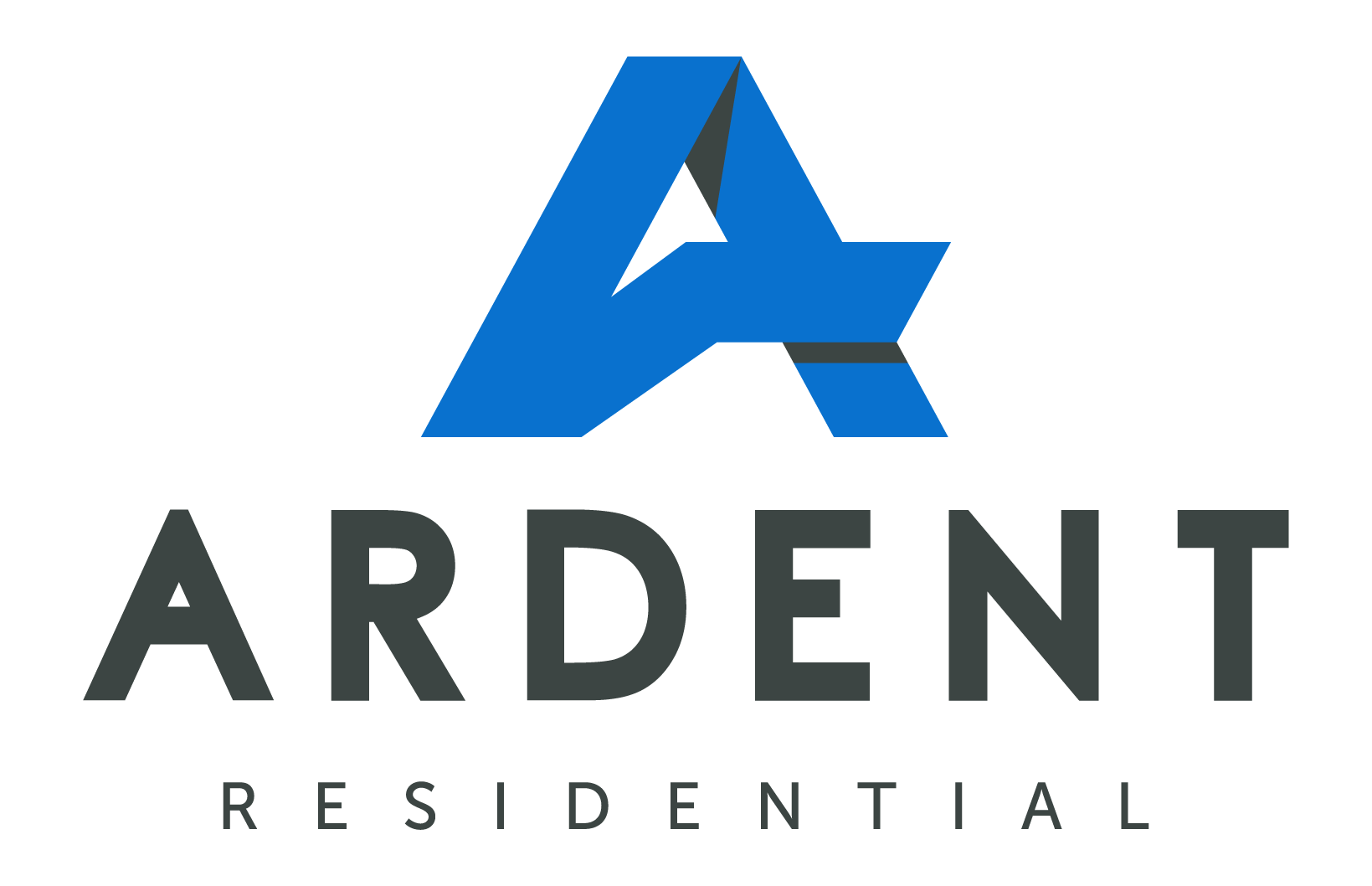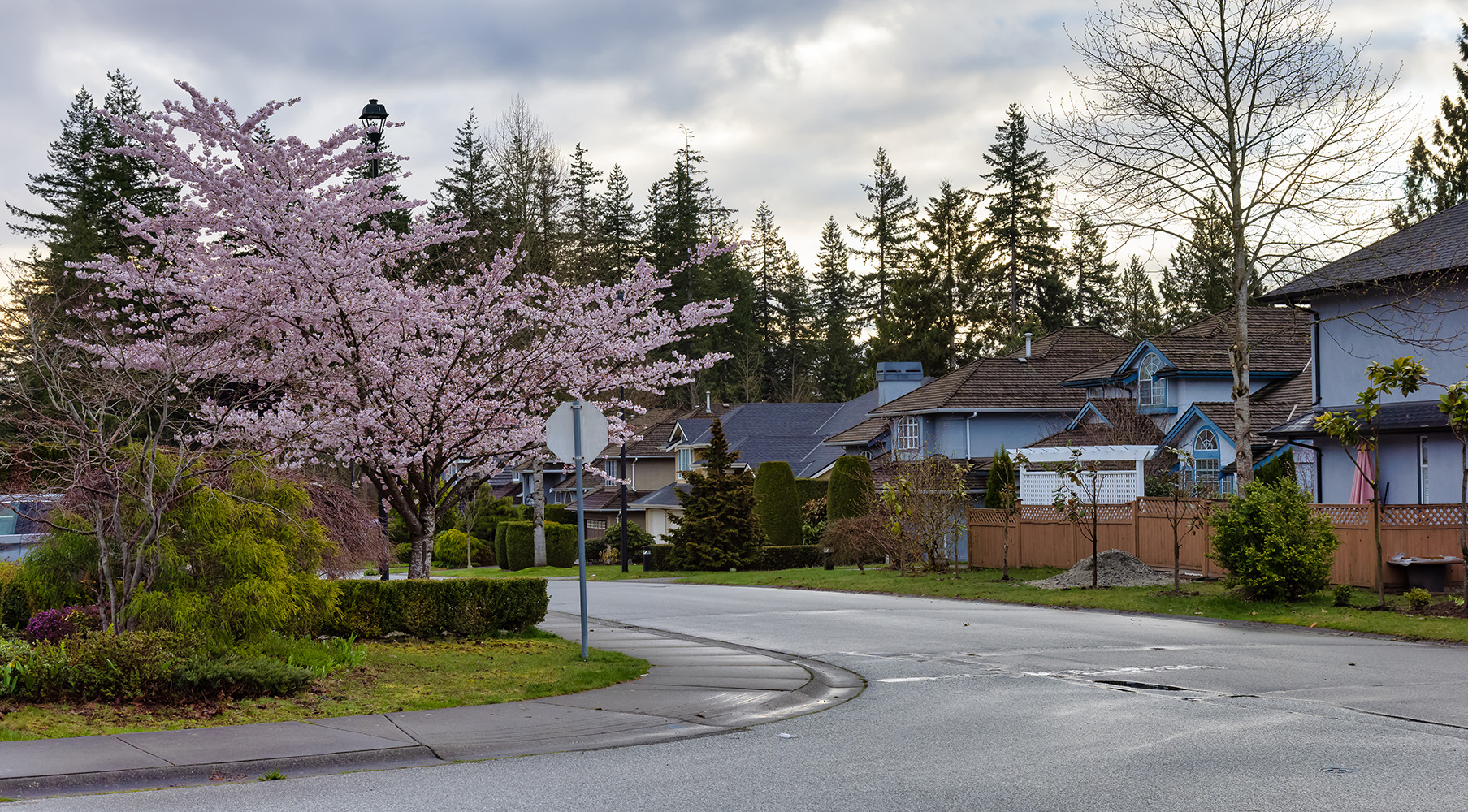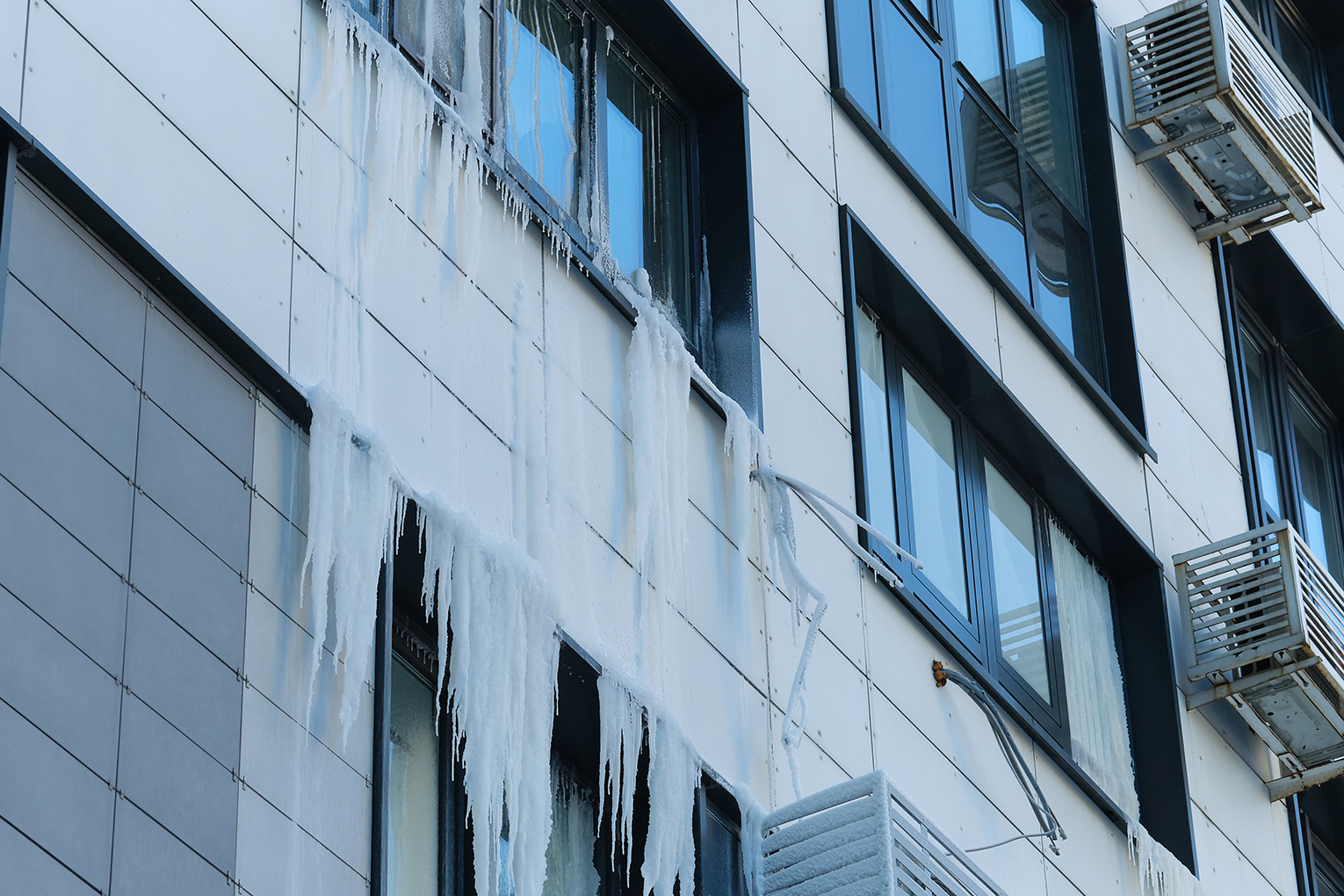Putting money into savings isn’t fun. It doesn’t buy you anything and it isn’t an investment that’s out earning you more money. No one likes saving for a rainy day—until the rainy day comes.
Likewise, convincing association members that they need to fund a reserve account can be a tough sell. Reserves aren’t tangible, like a swimming pool or new landscaping. They don’t fix a problem that everyone sees, like a leaky roof or an eyesore of a maintenance shed. Association members would usually rather keep their money for themselves, for their own savings accounts or needs.
Changes in Reserve Funding Can Protect HOAs and Condo Boards
As a result, as much as 70% of HOAs and condo boards lack sufficient reserve funds. They can pay their regular bills and get by fine, so long as nothing happens. However, when that unexpected event arises—and it always does—they don’t have the money to cover it. An HOA or condo board without enough money in its reserve fund will have only three options to meet the unexpected expense then, and none of them are good. They can hit owners with a very unwelcome special assessment; substantially increase everyone’s fees; or borrow money, which will probably require an increase in fees to pay back.
When the reserve account is weak, board members may also be hesitant to approve spending on needed, but not urgent, repairs. That desire to cut corners and penny-pinch can mean maintenance gets deferred—which can lead to or exacerbate exactly the kind of situations that cause expensive, emergency repairs to be necessary.
Not having a healthy reserve account can also hurt property values. Savvy buyers can use this to negotiate a lower purchase price, and it can prevent buyers from getting home loans, particularly if they hope to use FHA funding.
Not adequately funding the reserves may seem like a way to save money in the short run. However, it can really cost you in the long run.
How much do you need in Reserves?
Every HOA and condo board’s needs will be different, of course, but there are a few guidelines you can use to determine your association’s specific needs. Your goal should be to have enough in your reserves to cover all known liabilities that the regular annual budget doesn’t specifically cover.
But if you knew you would need to fund something, you would probably include it in your annual budget, right? So, how do you plan for liabilities that haven’t happened yet?
Conduct a reserve study. Think hard about your community and make a list of everything that could break or wear out. Go back through your records to determine the last time roofs were replaced, parking lots were resurfaced, buildings were repainted, and other major repairs. Next, use those dates to estimate how much longer you have until you’ll have to make those same repairs again. Then estimate how much it will cost to make each of those repairs.
Add up the cost of all your future anticipated repairs. You may even want to add a conservative interest rate to the total. Next, consider the sum of your insurance deductibles and copays. If your entire property suffered major damage from a flood, fire, or hurricane, what would your association need in order to cover it all?
No matter your expenses, you should have to have at least 10% of your operating expenses in reserves. If your reserves fall below 10%, lenders will start black-listing you. Also, members will be all but assured of a special assessment at some point in the near future. Most associations, try to have between 15% and 40% of their operating expenses in reserve, with the average being around 25%.
So, what’s the best amount to ask members to contribute? Whatever they can afford. Sure, it would be great to ask everyone to kick in so the fund hits 40%, but if your members can’t afford it, you’ll wear yourself out nagging them in order to collect their payments.
Reassess at least every 5 years
When you conduct your reserve study, don’t just guess at it, and resist the urge to fudge on numbers and dates. Your study should closely rely on the real depreciation of your association’s assets, and you’ll probably need to enlist the services of an architect or structural engineer to make sure you get it right. Though this probably sounds expensive, the money invested now could save you much, much more later.
Once you’ve done all the work to determine your needs, don’t set the reports in a binder and forget about them. Your needs are going to change. Research has shown that associations that regularly review their fiscal situation are far less likely to have to hit their members with special assessments or fee increases.
Though your members probably won’t be thrilled by a suggestion to beef up the reserve fund, remember that they’ll be much less thrilled with a surprise special assessment. Setting aside money now will help your association prevent big problems and mitigate a disaster later.





